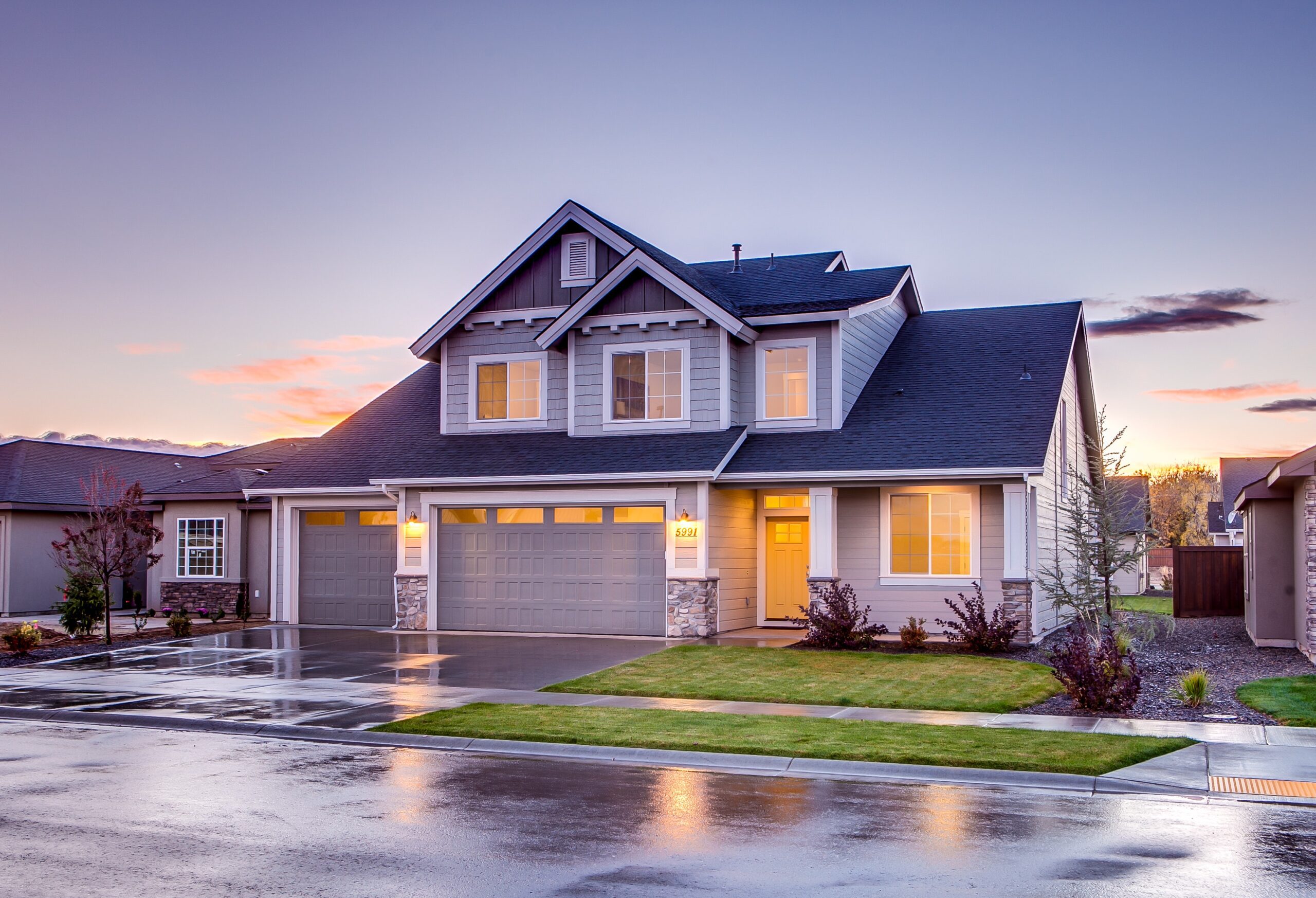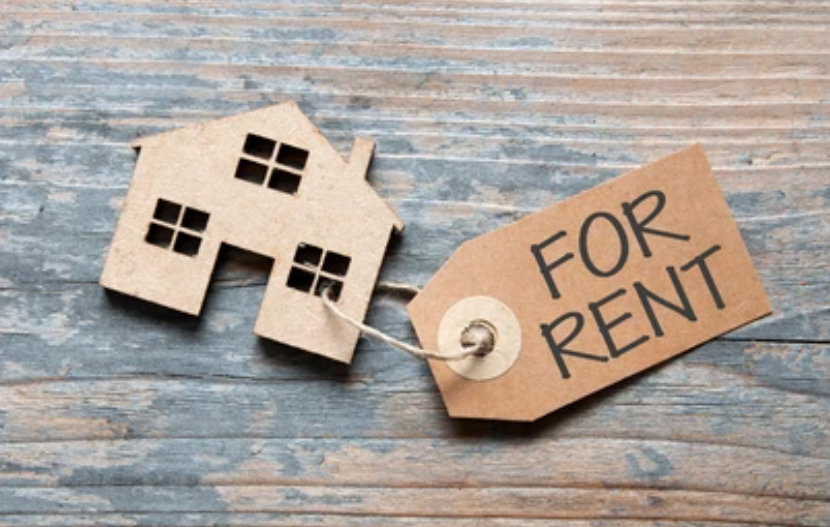After Repair Value – How to Properly Calculate
You’ve completed your first fix and flip. Now, how do you determine the value of the house, commonly called the “After Repair Value”?
1. Find Comparable Market Sales
For your fix and flip, you will want to see what other houses have sold in the area, to be able to see what your property will be worth after everything is said and done.
- Pending Sales
- Active Sales
- Walk the Neighborhood Local Realtors
2. Identify Repairs to Determine ARV
When it comes to renovations you really need to think in terms of the different possibilities. This is a fun and exciting part of fixing and selling properties. It’s a chance to use your creativity and your imagination. But then you need to temper all that with the reality of the cost versus the value added to the property. So consider breaking down your options into these three categories:
Repairs – “Must”
These are repairs that are causing a safety hazard or that are required by building standards.
Renovations – “Should”
These will be mostly dictated by what is standard and customary. So if all the other properties in the neighborhood have 3 bedrooms and two baths and your property has 3 bedrooms and 2 baths then you really “should” consider adding a bathroom.
Upgrades – “Could”
This is where your creativity and financial analysis could make or break a deal. If most of the houses in the area don’t have a pool, and it will cost you a whole lot to put in a pool, but not sure if buyers are going to value it, that’s the “could” that you need to really think on.
3. Opportunities to Add Value
- Amenities
- Openings (Walls)
- Conversions
- Additions
- Layout Changes
4. Account for Holding Costs
- Buying costs
- Holding costs
- Costs of money
- Selling costs
5. Set A Minimum Profit for your After Repair Value
This should be a percentage of your After Repair Value that you set for every flip.


